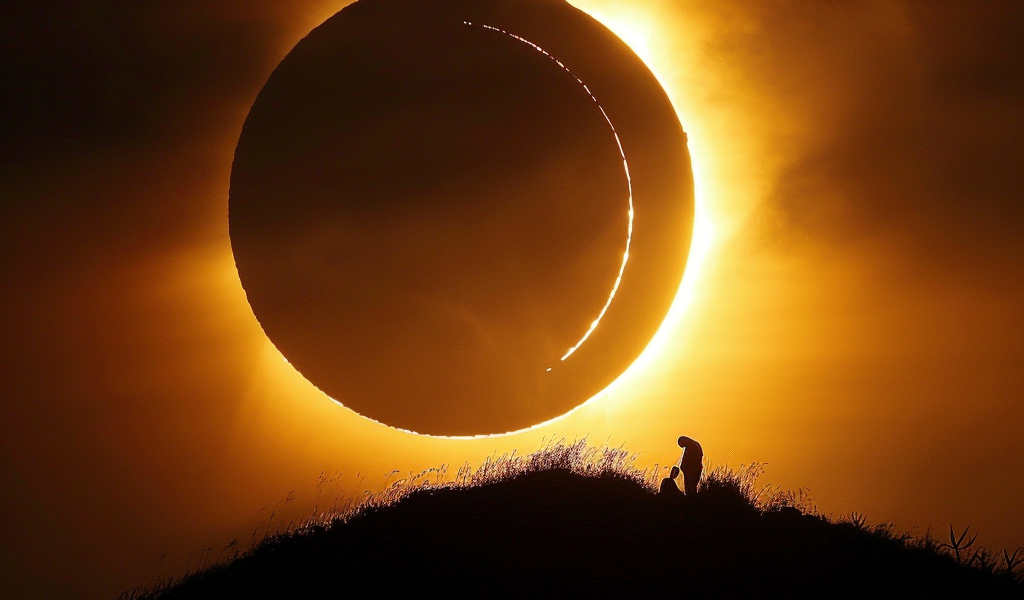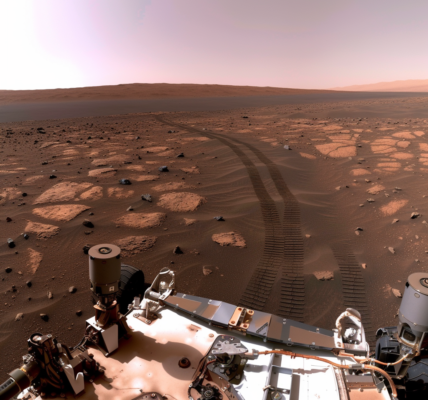On Monday, April 8, 2024, millions of Americans will have the opportunity to witness the 2024 solar eclipse, the first total solar eclipse to pass through North America in seven years. This rare celestial event will cast a momentary darkness as the moon passes between the sun and the Earth, creating a breathtaking spectacle in the sky.
The exact timing of the solar eclipse will vary depending on the location and time zone. The eclipse is set to begin in Mexico at approximately 11:07 a.m. PDT, before crossing into Texas at 1:27 p.m. CDT, and concluding in Maine at 3:35 p.m. EDT. While the path of totality will provide the most dramatic views, even those outside this path may still witness a partial eclipse.
To determine the specific timing of the eclipse in your area, you can utilize a database by zip code provided by USA TODAY for a viewing guide. This tool allows individuals to find information regarding the time, duration, peak, and percentage of the eclipse visible in their location.
Several major cities in the United States fall within the path of totality, offering prime locations for experiencing the full impact of the eclipse. These cities include Dallas, Texas; Idabel, Oklahoma; Little Rock, Arkansas; Poplar Bluff, Missouri; Paducah, Kentucky; Carbondale, Illinois; Evansville, Indiana; Cleveland, Ohio; Erie, Pennsylvania; Buffalo, New York; Burlington, Vermont; Lancaster, New Hampshire; and Caribou, Maine.
The eclipse’s path of totality extends approximately 115 miles wide, crossing through 13 states in the U.S. before reaching its conclusion in Maine. Along the way, it will also traverse major cities such as San Antonio and Austin, Texas; Indianapolis; and Rochester and Syracuse, New York.
It’s important to note that the visibility of the eclipse will also be influenced by the weather conditions on the day of the event. Whether observing from home or traveling to witness it in person, individuals should be mindful of the local weather forecasts to optimize their viewing experience.





